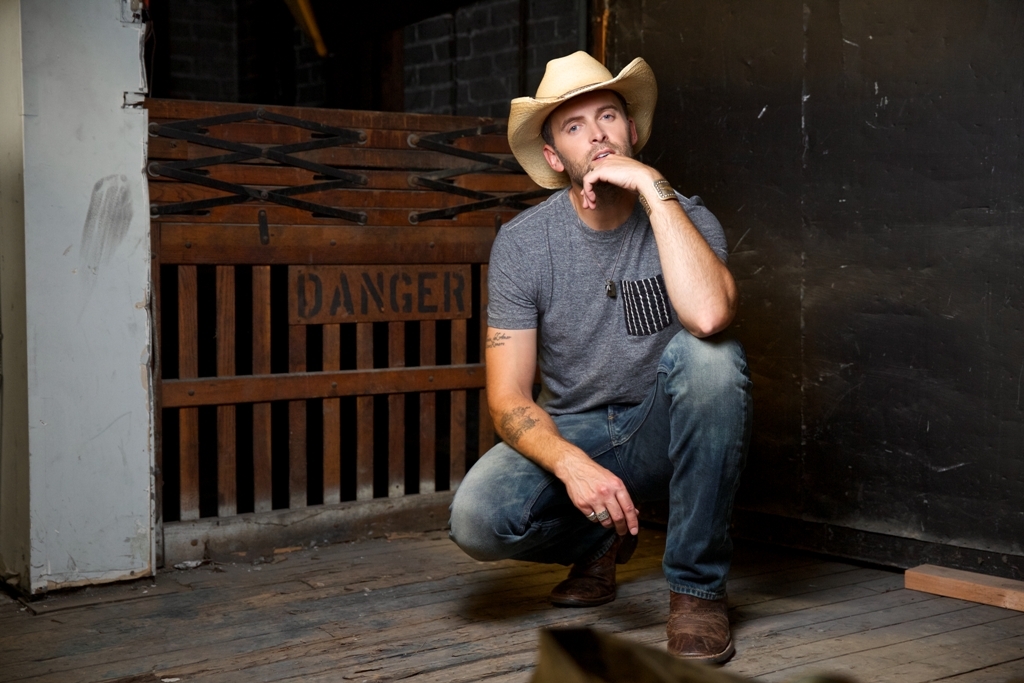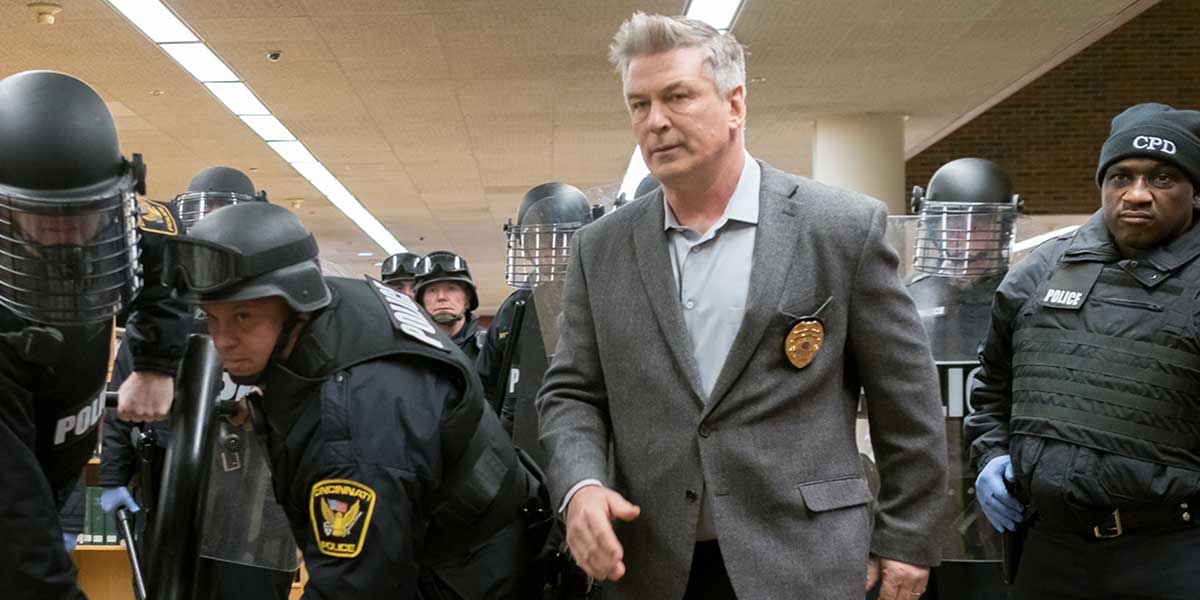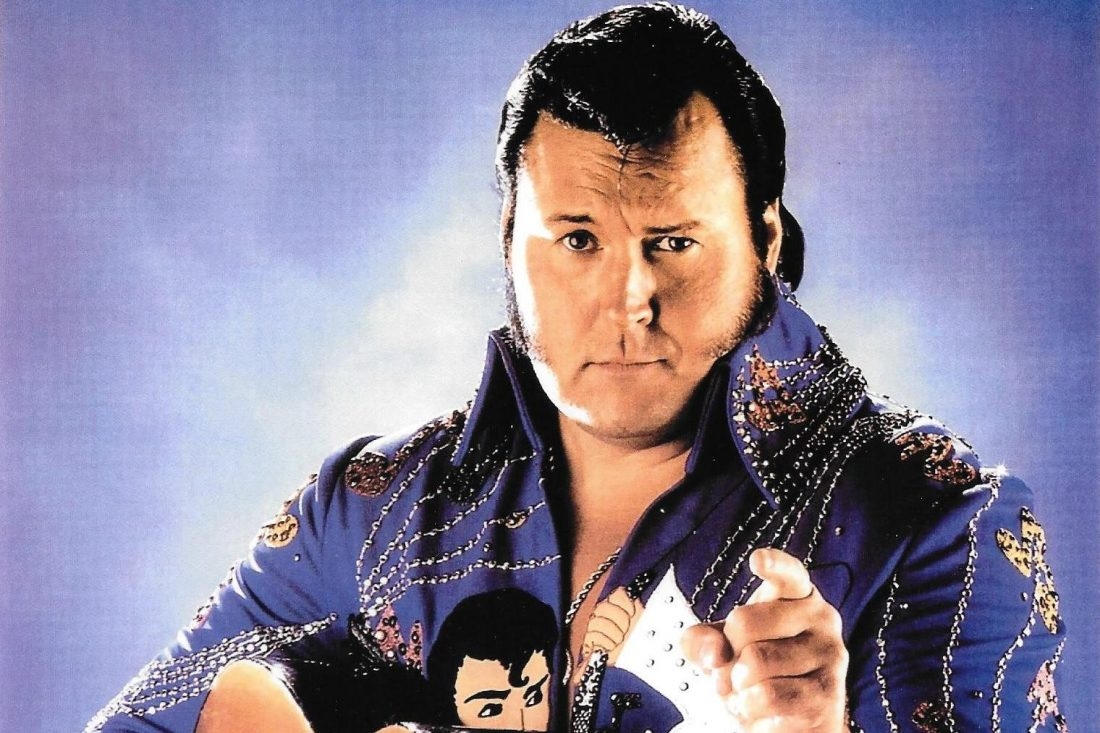
The Honky Tonk Man and the pyschology behind being the bad guy
The full interview with The Honky Tonk Man, including more wrestling memories, his thoughts on his greatest opponents, reply to Eric Bischoff’s claim that
he was the man he most enjoyed firing as well as whether he’d accept an offer into the WWE Hall of Fame having passed on it before can be heard above.
Elvis had been dead for a decade but the man who looked like the King of Rock and Roll sneered manically as he raised his guitar. He had no intention of playing it, no impromptu rendition of “Heartbreak Hotel”. If he were breaking anything tonight it’d be heads, not hearts as he moved in for a greatest hit so many other foes had felt before. This one is set to be a chart topper. His opponent was Randy Savage and the “Macho Man” was beaten down, no longer able to defend himself as the man and his guitar advanced upon him. There’d be fear in Savage’s eyes if he had to strength to open them.
Suddenly, the “Macho Man’s” ringside angel steps in between the two, this time more a guardian then a manager or valet. She pleads, arms raises in protection, begging to spare Savage this final painful indignity. The villain is in no mood for mercy. He shoves her down hard to the canvass of the ring as a chorus of boos erupts from the crowd. This exactly what he wanted. Their hate is fuel for him, music to his ears. He taunts the woman with despicable gyrations and proceeds as planned, smashing the guitar over the head of Savage who crumbles in a heap.
My mother and I have been watching in silence, eye wide and firmly fixed on our small television set. Both of us have been on the edge of our seats, her’s the faded chair in the corner of our living room and mine one half of the couch. Without looking away from the television she turns to her ten year old son and says:
“Elvis wouldn’t have done that.”
No, perhaps The King wouldn’t have but The Honky Tonk Man made his career out of being the ultimate bad guy, the type of wrestler fans loved to hate and this night was one of his greatest performances.
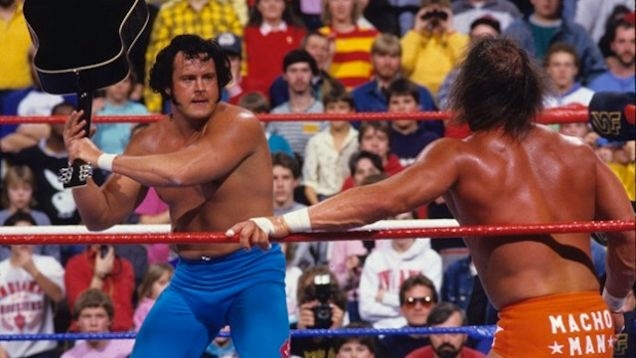
The scene above took place on the October 3rd, 1987 edition of Saturday Night’s Main Event and though it was thirty years ago the memory is still a vivid one, a rare moment uniting mother and son by the most unexpected bond: wrestling. Seriously, she hardly ever watched it. Saturday afternoons were reserved for cleaning while her young sons were glued to the only program they could watch before the days of RAW, Smackdown and The Network,. Watching Superstars we cheered the heroes and jeered the villains. Of course, this wasn’t always easy. My brother and I would often have to strain to hear the promos underneath the whir of a vacuum cleaner or look around our mother who had taken the worst of possible moments to dust off the television screen. That is, of course, unless she glimpsed the familiar image of Elvis on the screen. The vacuum would be clicked off, duster rag put down, and the show could be enjoyed in wonderful silence at least until the next wrestler took the ring.
Mom loved Elvis and this worked in the favour of her young, wrestling obsessed sons especially when the WWF started periodically airing a late night show. If The Honky Tonk Man was on the card, we were able to stay up late, LJN figures in hand, clad in our PJs. While we were supposed to hate the evil Elvis, secretly we had to love the guy for allowing us to see such epic action long after our bedtimes not to mention showing us just what a glimpse of midnight actually looked like.
Though it’s hard to picture now, one of the greatest bad guys in sports entertainment was originally pushed as a face character, one fans were expected to cheer. Wayne Farris, the man behind the flashy jumpsuits and sideburns, will be the first to tell you that that was never going to work. He’d been developing the character as a heel even before hitting the big time and The Honky Tonk Man was just born to be bad. As Elvis was to music, Farris was a master in his own field and one of the top heel characters ever to lace up a pair of boots even if they weren’t blue suede.
“I didn’t know how to be a good guy,” Farris tells Ottawa Life from his Arizona home. “I studied the bad guys all through my early career. I wanted to perfect that craft of being that kind of character. Typically, I’m not a bad guy. I had to work really hard to make that character what I wanted it to be.”
The origins of one of the most memorable wrestlers of the 1980s surprisingly doesn’t begin with Elvis but with rockabilly singer Johnny Horton and a night drive between gigs. Before the black hair and sideburns, Farris was more known as a tagteam wrestler, one half of The Blonde Bombers who’s biggest claim to fame was a match that once spilled out of the ring and into the arena concession stand! It was hearing Horton’s 1950s hit “Honky-Tonk Man” over his car radio one evening that planted the seed for what would become his iconic character, an alter ego that he’d carry with him over three decades later.
Where Horton saw a man that loved “to give the girls a whirl to the music of an old jukebox”, Farris pictured a crude, pompous Southern redneck, one that broke the rules win and despite what the WWF may have planned, that gimmick wasn’t going to be one people cheered for.
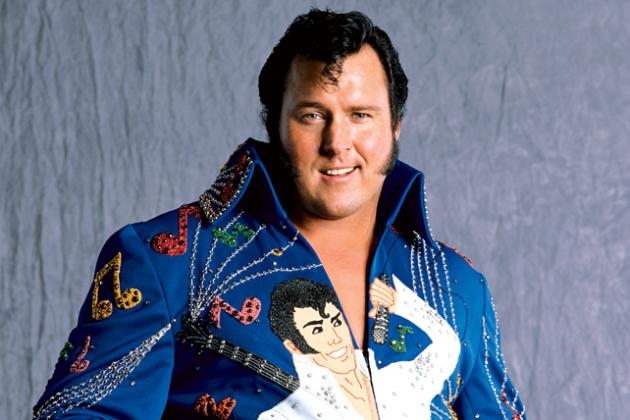
“It was an icon that people loved and they did not want to see some cheesy knock off who couldn’t play the guitar, who couldn’t dance, who couldn’t sing. All he could do was go out with black sideburns and cheesy jumpsuits and act like Elvis Presley, says Farris looking back on how the fans took to loathing the character.
“It was the perfect combination to make people hate you.”
While some might think an Elvis gimmick might be impossible to get over, Farris’s over the top antics and dedication to the character made him instantly stick out in one of the most popular times in sports entertainment. The Rock ‘n’ Wresting era was in full swing by the late 80s and wrestling was at a mainstream zenith not seen since the early days of television, and one not to be duplicated until the Attitude Era of the late ’90s. In retrospect, an evil Elvis couldn’t have come at a better time!
Farris also had the in-ring ability to back up the loudmouth persona having wrestled for nearly ten years before hitting the WWF. His agility combined with hsi signature piledriver, diving fist drop and swinging neckbreaker finisher maneuver were all delivered with the ease of a ring veteran, not a newcomer, something Farris gives much credit to the Hart Family for allowing him to develop during his days working for Stu Hart’s Calgary Stampede Wrestling promotion.
The best of heel wrestlers will tell you that there’s a lot more to being the hated villain than simply talking the talk and periodically breaking the rules or, in this case, a couple thousand guitars. There’s a psychology behind it that you really have to work at, something Farris believes is a lost art in wrestling these days where the lines between good and evil are thinner than they once were.
“No one knows how to be a bad guy anymore,” Farris says looking to the Attitude Era rise of anti-hero characters like The Rock and “Stone Cold” Steve Austin as when the dynamics of wrestling personas started to really shift.
“If you don’t have the good versus the evil then you have a mixed audience where nobody knows who the cheer or boo for.”
He points to the limitations that wrestlers have these days in how they are instructed to portray their characters referencing Randy Orton as a current Superstar who gets the deeper understanding of being a heel but isn’t able to turn it into overdrive working within the current product. Farris, who admits to not watching WWE these days, says how he wouldn’t even know how to train new wrestlers to be the bad guy the way the business has changed to restrain elements of what made his character most creative.
“They just won’t let the bad guy personas come out there anymore because I think they are just afraid of public opinion!”
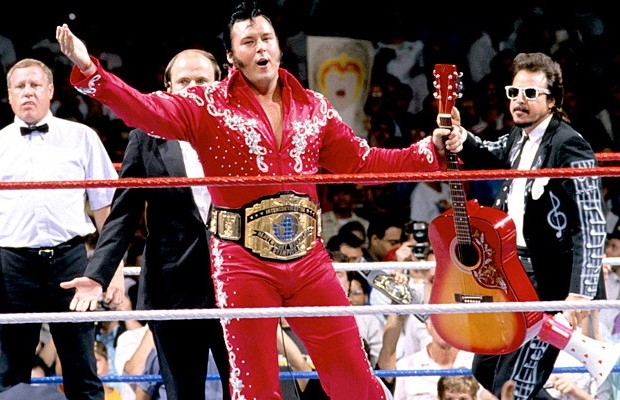
While many wrestlers will change their gimmick or move between heel and face turns over the years, The Honky Tonk Man still remains vile to the core despite fans now cheering him when he makes an appearance. It’s something Farris says takes a bit of getting used to considering how many years he was booed.
His first big feud with Jake “The Snake” Roberts came early in his WWF stint and led to Farris picking up a victory at WrestleMania III in typical heel fashion. He grabbed the ring ropes for leverage while the referee, unaware, made the count. Not even a year into his WWF run, Farris defeated Ricky “The Dragon” Steamboat to win the WWF Intercontinental Championship, a title which he would hold for a record 64 weeks giving the character his often boasted claim of being “The greatest Intercontinental Champion of all time!”
According to Farris, however, the still unmatched epic title run was kind of a fluke aided by then top draw Hulk Hogan.
“They had plans for another wrestle Butch Reed and he was late that night. Steamboat was wanting to take time off and he had just won the belt and when you win the belt it’s like having a hit record. You have to go out there and promote it. You have to spend a year working. So I was just walking down the hallway having just come out of an interview segment and saw Hogan talking to Vince and he said ‘what about this guy?’”
During the 454 days that Farris held the belt he would have some of the most memorable matches and moments of his career including that aforementioned Saturday night in Hershey, Pennsylvania with Randy Savage. He’d be turned into action figures, plush toys and playable in video games never losing sight of the break he’d been given realizing that not many in his profession even get near the spot he had found himself in.
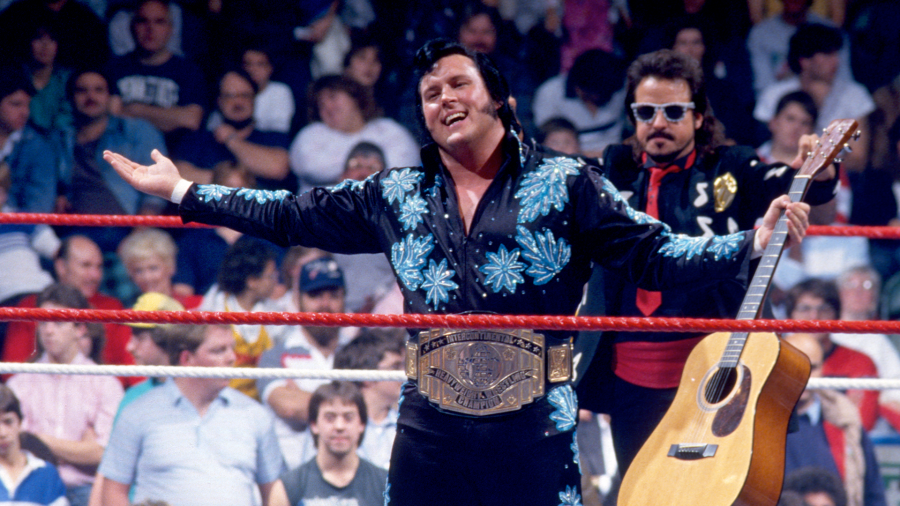
“I knew that if was ever close to an opportunity to do something in WWE that I had worked so hard for, toiling away in the South for many years, two suitcases and a 13″ black and white TV in the trunk of my car, going to Calgary and riding the highway in -35 on black ice, going to Saskatoon, going to Edmonton and Moose Jaw and all those places, I knew that if I ever had a change I would give it all I had,” he says passionately.
“If I didn’t make it I could never look back and say I did not give it all I had. I worked extremely hard for this character and I continued to work on it, to create this character that would last forever.”
As for how many guitars he’s cracked over people’s heads in his career? Well, Farris lost count a long time ago but if he had a dollar for every one he’d be a rich man.
Though it’s those greatest hits, the jumpsuits and sideburns people may most remember, Wayne Farris, who created so many memories for us wrestling fans, wants The Honky Tonk Man to be remembered simply as the bad guy.
“(The Honky Tonk Man) was controversial, cutting edge and walked to the beat of a different drum. A true entertainer. I’m proud that I was a part of it.”
He’s still cool, he’s still cocky and he’ll always be bad, The Honky Tonk Man shakes, rattles and rolls onto the Yuks Yuks stage February 1 and 2 to share more stories from his life in and out of the ring. Tickets are available online.
Don’t miss this opportunity to meet the greatest Intercontinental Champion of all timeDon’t worry. These days he’s more apt to sign your guitar than wrap it around your head.



